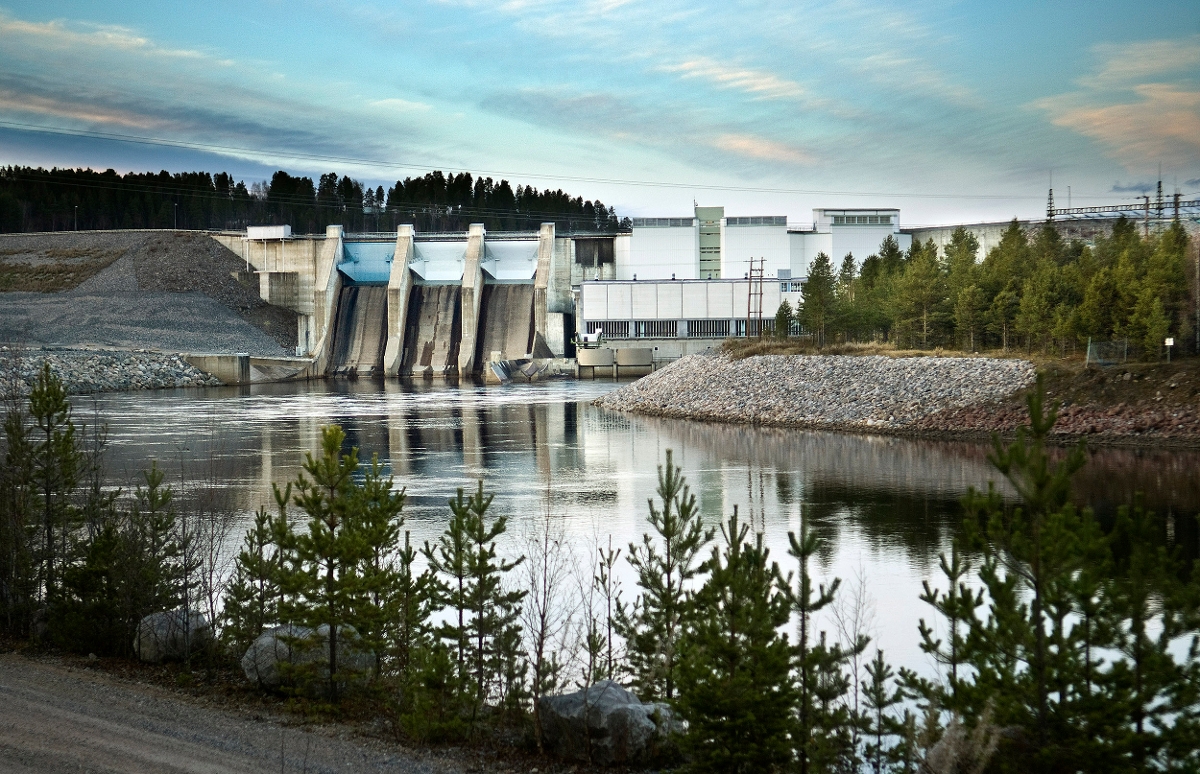Porsi
Facts
Water information

One of the challenges during the construction of Porsi was the driving of logs in the river. The Luleälv river had been used for log-driving for many years, and a permanent solution was needed to ensure that the transportation of timber was not adversely affected. The answer was a permanent log flume between intake and spillway. The intake was built like a funnel-shaped segment gate. The capacity was about 20,000-25,000 logs per hour. Log-driving stopped in 1978, however, and today the logs are transported by truck.
Vattenfall’s first nature conservation area
The environment around the power plant contains some 20 species of protected wildflowers, valuable habitats for birds and old-growth forest. In 2000, Vattenfall decided to give these areas special protection by creating its first nature conservation area.
The river Lule älv
Around 40% of all energy consumed in Sweden is generated from hydro power. The river Lule älv, on which Porsi is located, is the most important river in Sweden for the generation of hydro power.

